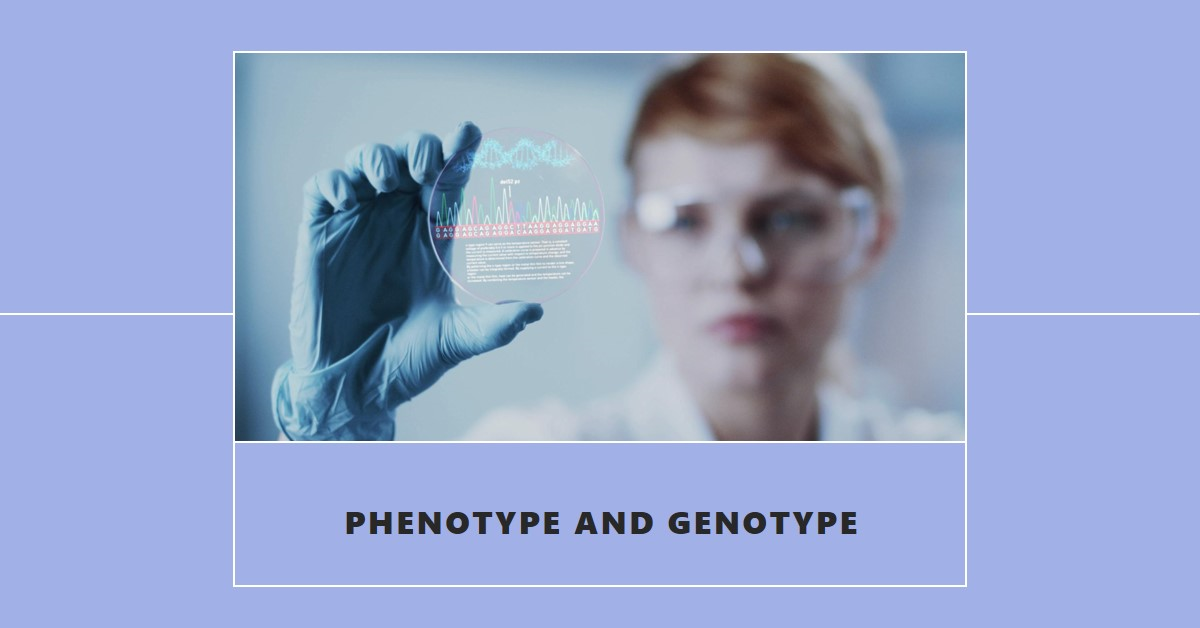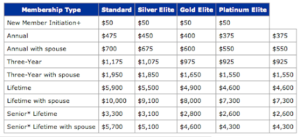
Discover the implications of the "xcxc" genotype, typically found in females, which leads to the expression of X-linked.
Genetics plays a crucial role in determining the physical characteristics and health conditions of individuals. Among various genetic patterns, X-linked recessive traits are particularly intriguing due to their unique mode of inheritance and varied expression between sexes. In this article, we delve into the specifics of a genotype often denoted as “xcxc,” its implications for phenotype, and examples of how such traits manifest in individuals.
What Does “XCXC” Signify?
The notation “xcxc” generally refers to an individual possessing two X chromosomes, both of which carry a particular recessive allele denoted as “c”. This genetic patterning is typically relevant only to females, as males have one X and one Y chromosome (thus their relevant genotype for X-linked recessive traits would be “XcY”).
Phenotypic Expression in Females
Females with the “xcxc” genotype express X-linked recessive traits because there is no dominant allele present to mask the effects of the recessive gene. The manifestation of this recessive gene depends entirely on the specific trait or disorder linked to it. Here are several aspects influencing the phenotype:
- Complete Expression: Unlike males who need only one copy of the recessive gene, females must inherit two copies (one from each parent) to express the trait or disorder.
- Severity and Variability: The severity and specific symptoms of the associated condition can vary widely, even among individuals sharing the same genotype, due to factors such as variable expressivity and environmental influences.
Common X-Linked Recessive Conditions
To put the theoretical understanding into context, here are a few examples of common conditions associated with X-linked recessive inheritance:
- Color Blindness: In color blindness, individuals with the “xcxc” genotype may have difficulty distinguishing between certain colors, most commonly between red and green. This condition arises from mutations in the genes responsible for color perception, located on the X chromosome.
- Hemophilia: This is a disorder of blood clotting where individuals with the relevant recessive genetic configuration (like “xcxc” in females) exhibit symptoms due to the lack of functional clotting factors. Hemophilia A and B are the most common forms, arising from deficiencies in certain clotting factors that are encoded by genes on the X chromosome.
Genetic Counseling and Testing
Understanding one’s genetic makeup can profoundly impact health management and lifestyle choices. For those at risk of X-linked recessive disorders, genetic counseling offers insight into potential health risks, implications for offspring, and strategies for managing inherited conditions. Moreover, testing can confirm a genotype like “xcxc,” helping in planning and treatment interventions.
Conclusion
The “xcxc” genotype in females leads to the expression of X-linked recessive traits due to the presence of two recessive alleles on both X chromosomes. Recognizing and understanding this genetic pattern is essential for the diagnosis and management of associated conditions, improving quality of life for those affected. As genetic technology progresses, our grasp of these patterns and their broader implications continues to deepen, enhancing our capacity to navigate complex genetic landscapes.
Also visit:
Errajy Ltd Marketing: Strategies, Successes, and Future Directions
Scimitar Drum: Unveiling the Unique Aspects of This Exotic Percussion Instrument
Orioles vs. Rockies Prediction: What to Expect from This Exciting MLB Matchup







